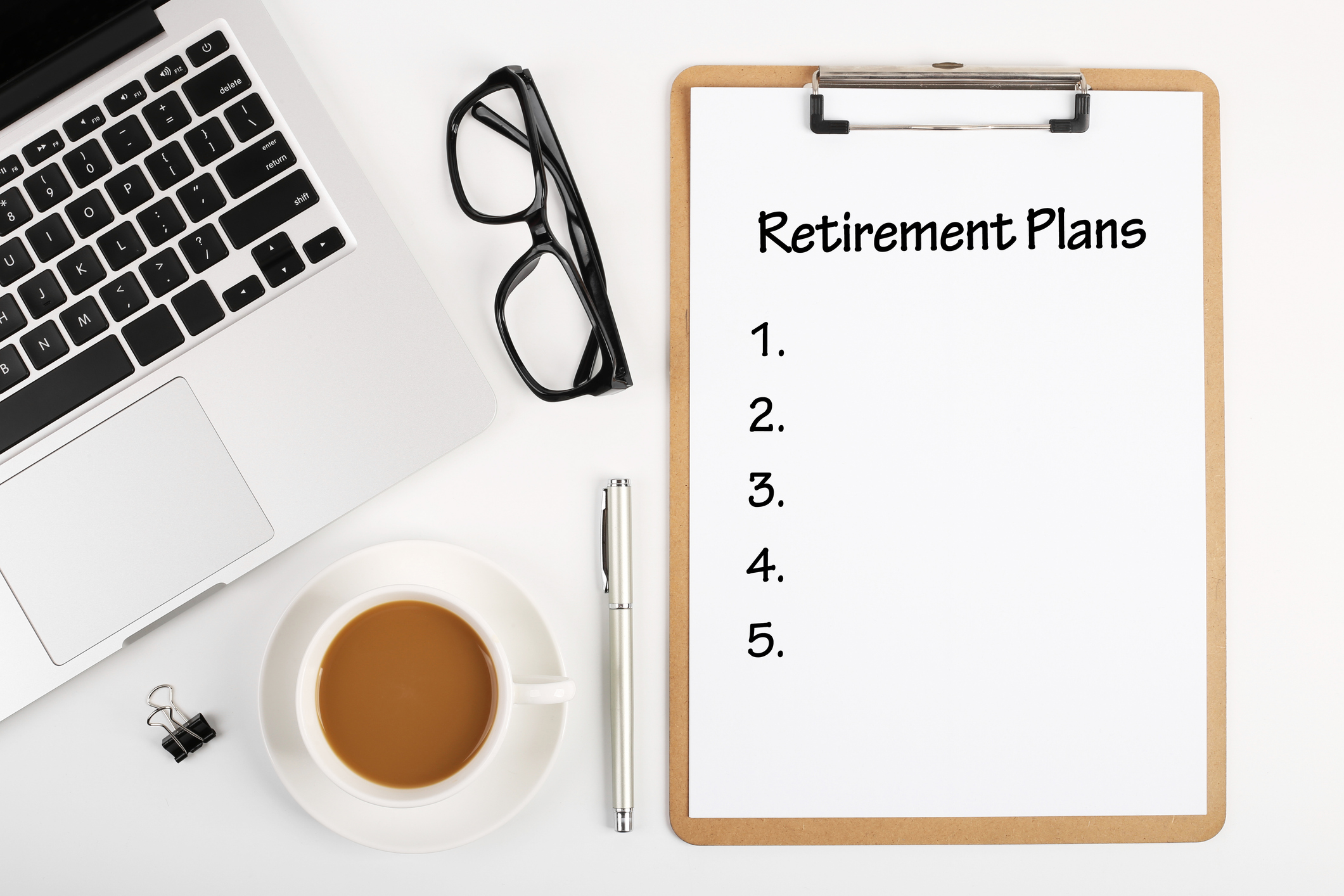The Benefits of Aging in Place
Local leaders are recognizing the benefits of providing services that allow people to stay in their homes and communities.

Like most people, I occasionally dream about retiring somewhere fun—say, to a houseboat in Seattle, or a one-bedroom rental in Brooklyn, or maybe a chateau in Provence (see How to Retire Abroad). But I have another fantasy, this one involving a place closer to home. As in, my home. In this scenario, I stay exactly where I am. No downsizing. No pulling up roots. No making new friends or finding new grocery stores.
This particular fantasy puts me in good company. Almost 90% of people over 65 want to live in their home and community as long as possible, according to a report by the AARP Public Policy Institute and the National Conference of State Legislatures. A whopping 80% believe they will stay in their home until they die. For some, friends and a familiar setting are the main draw, and for others, it's an emotional attachment to the house, says Jeffrey Lubell, of the Center for Housing Policy. "This is their home, and you're going to have to pry them out with a can opener."
Aging in place. Keeping the family house can be sensible (can-opener threats aside) if you’ve retired your mortgage or have enough income to pay it, and if you're relatively healthy and mobile. Eventually, however, staying at home turns into "aging in place," a term that generally means you'll need help living on your own. Increasingly, policymakers and local leaders are recognizing the benefits of providing services that allow people to stay in their homes and communities. "To society, it costs a lot less for someone to age in their home than to go into a care facility," says Marty Bell, of the National Aging in Place Council.
From just $107.88 $24.99 for Kiplinger Personal Finance
Become a smarter, better informed investor. Subscribe from just $107.88 $24.99, plus get up to 4 Special Issues

Sign up for Kiplinger’s Free Newsletters
Profit and prosper with the best of expert advice on investing, taxes, retirement, personal finance and more - straight to your e-mail.
Profit and prosper with the best of expert advice - straight to your e-mail.
One solution is to bring health care and social services to neighborhoods where a large part of the population has aged in place. These areas, known as Naturally Occurring Retirement Communities, or NORCs, are a logical place for senior programs, which involve the combined efforts of private agencies, housing managers or neighborhood associations, and residents (see www.norcblueprint.org). About 70 NORCs—more than half in New York State—currently have programs in place.
Other communities use the "village" concept to provide services and support to seniors living in the neighborhood. The idea, which originated in the Beacon Hill neighborhood of Boston, is to create a nonprofit organization that arranges services—including transportation, home repair and social activities—for fee-paying members. About 85 such villages have sprung up around the country, with 120 more in the works. The annual membership fee for a single member runs $430, on average, according to a report by the Rutgers School of Social Work. Most villages offer a discount to members with financial need.
Another way to stay put and get help with home maintenance, errands and other chores is to share your home with someone who will provide those services in exchange for below-market rent. This arrangement offers not only household help and a way to cover the bills but also companionship, says Kirby Dunn, of HomeShare Vermont, which has been setting up home-share matches for 30 years. Most seniors who go this route say they feel happier, safer and less lonely, says Dunn. Find a house-sharing program in your area.
So far, community-based programs that bring services to seniors are available mostly in cities and suburbs, and they're scattershot at that. Still, expect to see more coming along as baby-boomers march into old age. "There's a shift from being institution-centric to person-family-community-centric," says Larry Minnix, of LeadingAge, a consortium of aging-services groups. "It's a good thing but a whole new era."
Jane Bennett Clark is a senior editor at Kiplinger's Personal Finance.
Profit and prosper with the best of Kiplinger's advice on investing, taxes, retirement, personal finance and much more. Delivered daily. Enter your email in the box and click Sign Me Up.

-
 How to Safely Open an Online Savings Account
How to Safely Open an Online Savings AccountOnline banks offer generous APYs that most brick-and-mortar banks can't match. If you want to make the switch to online but have been hesitant, I'll show you how to do it safely.
-
 7 Ways to Age Gracefully Like the Best Stock Photo Seniors
7 Ways to Age Gracefully Like the Best Stock Photo SeniorsAs a retirement editor, I've gleaned valuable wisdom (and a lot of laughs) from one older couple that tops the seniors' stock photo charts.
-
 My First $1 Million: Banking Executive, 48, Southeast U.S.
My First $1 Million: Banking Executive, 48, Southeast U.S.Ever wonder how someone who's made a million dollars or more did it? Kiplinger's My First $1 Million series uncovers the answers.
-
 Retirees in These 7 States Could Pay Less Property Taxes Next Year
Retirees in These 7 States Could Pay Less Property Taxes Next YearState Taxes Retirement property tax bills could be up to 65% cheaper for some older adults in 2026. Do you qualify?
-
 6 Tax Reasons to Convert Your IRA to a Roth (and When You Shouldn't)
6 Tax Reasons to Convert Your IRA to a Roth (and When You Shouldn't)Retirement Taxes Here’s how converting your traditional retirement account to a Roth IRA can boost your nest egg — but avoid these costly scenarios.
-
 10 Retirement Tax Plan Moves to Make Before December 31
10 Retirement Tax Plan Moves to Make Before December 31Retirement Taxes Proactively reviewing your health coverage, RMDs and IRAs can lower retirement taxes in 2025 and 2026. Here’s how.
-
 The Rubber Duck Rule of Retirement Tax Planning
The Rubber Duck Rule of Retirement Tax PlanningRetirement Taxes How can you identify gaps and hidden assumptions in your tax plan for retirement? The solution may be stranger than you think.
-
 The Most Tax-Friendly State for Retirement in 2025: Here It Is
The Most Tax-Friendly State for Retirement in 2025: Here It IsRetirement Tax How do you retire ‘tax-free’? This state doesn’t tax retirement income, has a low median property tax bill, and even offers savings on gas. Are you ready for a move?
-
 ‘I Play Pickleball in Retirement.’ Is It HSA-Eligible?
‘I Play Pickleball in Retirement.’ Is It HSA-Eligible?Retirement Tax Staying active after you retire may be easier with these HSA expenses. But there’s a big catch.
-
 Retire in the Bahamas With These Three Tax Benefits
Retire in the Bahamas With These Three Tax BenefitsRetirement Taxes Retirement in the Bahamas may be worth considering for high-net-worth individuals who hate paying taxes on income and capital gains.
-
 States That Won't Tax Your Retirement Income in 2025
States That Won't Tax Your Retirement Income in 2025Retirement Taxes Several states don’t tax Social Security benefits, 401(k)s, IRAs, and pensions. But you may still have to pay state taxes on some incomes.